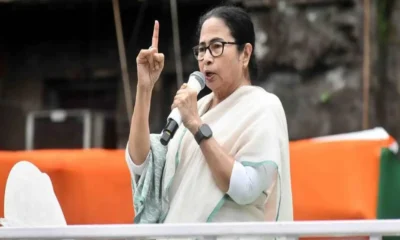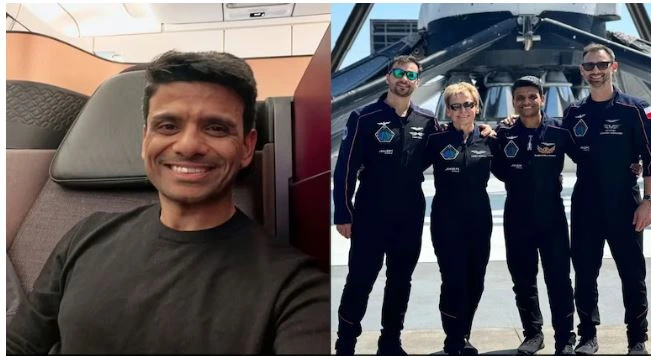Latest Science News
To prevent infections from spreading, ants avoid infected members within colonies

Latest Science News
Astronaut Shubhanshu Shukla to meet PM Modi after return from historic space mission
Astronaut Shubhanshu Shukla, who recently returned from the ISS as part of the Axiom-4 mission, will meet PM Modi this evening. Parliament will also hold a special discussion on his historic journey.
India News
Shubhanshu Shukla pens emotional note as he returns to India after space mission
Indian astronaut Shubhanshu Shukla penned an emotional Instagram post as he returned to India after his 18-day ISS mission, marking a milestone in India’s space journey.
Latest Science News
Shubhanshu Shukla becomes second Indian in space, lifts off for ISS aboard Axiom-4 mission
Group Captain Shubhanshu Shukla becomes the second Indian astronaut to travel to space after four decades, aboard the Axiom-4 mission to the International Space Station.
-

 Latest world news17 hours ago
Latest world news17 hours agoLuthra brothers deported from Thailand in Goa nightclub fire case
-

 India News17 hours ago
India News17 hours agoDelhi-Agra Expressway fog crash kills four, several vehicles gutted in Mathura pile-up
-

 India News13 hours ago
India News13 hours agoBengal draft voter list revision removes 58 lakh names, triggers political row ahead of polls
-

 India News11 hours ago
India News11 hours agoPriyanka Gandhi leads protest against G Ram G Bill, calls move to replace MGNREGA unconstitutional
-

 LATEST SPORTS NEWS10 hours ago
LATEST SPORTS NEWS10 hours agoIPL 2026 auction: Cameron Green sets overseas record with Rs 25.20 crore move to KKR; Venkatesh Iyer joins RCB
-

 India News9 hours ago
India News9 hours agoRahul Gandhi Attacks Centre over G RAM G bill, calls it an attack on MGNREGA’s core principles
-

 India News7 hours ago
India News7 hours agoDelhi pollution: Environment minister apologises, blames AAP as AQI stays very poor
-

 Cricket news6 hours ago
Cricket news6 hours agoIPL 2026 auction: Uncapped Prashant Veer and Kartik Sharma become costliest Indian buys






